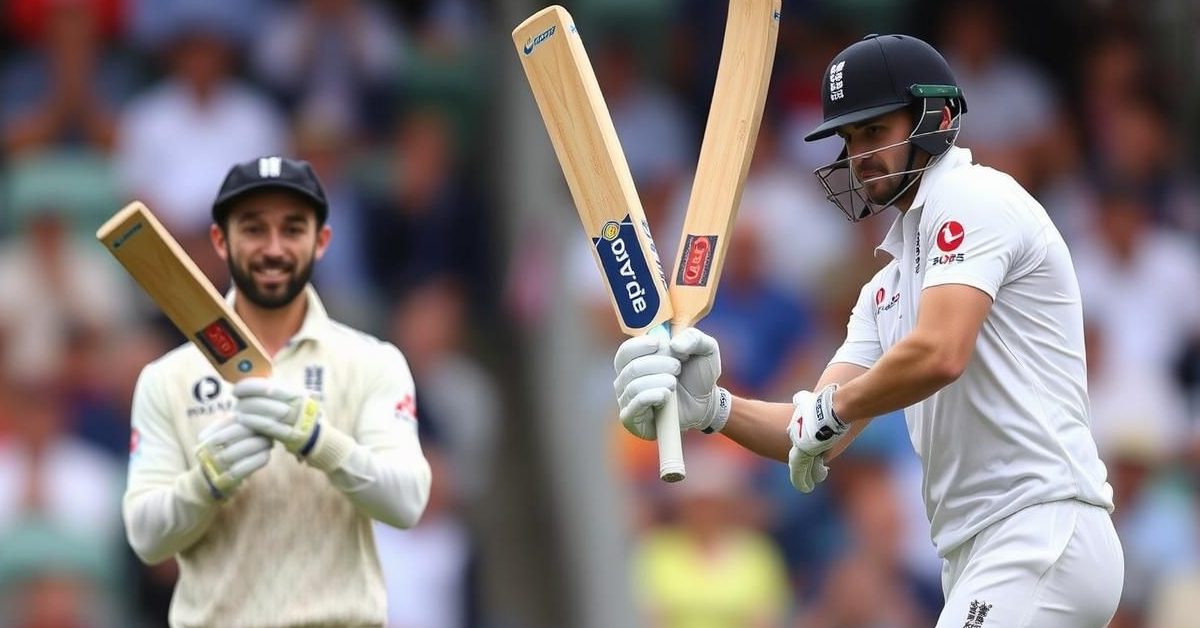Steve Smith’s Remarkable Comeback: The Unconventional ‘Baseball Cage’ Secret
Australian cricket icon Steve Smith, renowned for his unorthodox batting style, recently unveiled the surprisingly unconventional method behind his lightning-fast recovery from a significant finger injury. After sustaining a “compound dislocation” to the little finger of his right hand during the high-stakes World Test Championship (WTC) final against India in London, many anticipated a prolonged sideline. Yet, Smith’s return to the pitch was remarkably swift, largely thanks to an unexpected training ground: a baseball batting cage in the heart of New York City.
From London’s WTC Battle to NYC’s Unorthodox Rehab
The WTC Final had been a gruelling contest, and for Smith, it ended with not just a victory for Australia but also a painful injury. Departing London with his finger meticulously stitched and encased in a splint, most athletes would have settled into a period of cautious rest and rehabilitation. However, Steve Smith, ever the innovator, opted for a different path. Rather than passively waiting for the injury to mend, he actively sought a unique solution in New York, where he owns an apartment – a decision that proved pivotal.
The Ingenious Training Ground: A Baseball Cage
His unconventional recovery began not in a traditional cricket facility, but within the confines of a baseball cage. This netted enclosure, commonly used by baseball players for focused hitting practice, provided a contained and safe environment for Smith to test his injured digit. He started by facing softer tennis balls and other light training aids, gradually progressing to the full-weight cricket ball as his confidence and mobility returned.
Smith’s Revelation: “Feels Like Normal Training”
Speaking about this unique experience, Smith credited a friend for the suggestion, highlighting the practical benefits. “My mate actually told me about it, which was ideal because it was pretty warm there [in New York]. Underneath this bridge there was a batting cage, and he was able to throw me a few balls there, so it was good to be in the shade, it was pretty hot there,” Smith recounted. This impromptu setup, shielded from the sun, allowed him to push his recovery without further discomfort.
Understanding the ‘Baseball Cage’ Advantage
For those unfamiliar, a baseball batting cage functions much like a sophisticated cricket net. It’s a precisely designed, enclosed space that allows batters to practice their stroke play safely, preventing balls from scattering into open areas. For Smith, it offered a controlled environment to simulate match-like scenarios, allowing him to regain muscle memory and confidence in his grip and bat swing without the risks associated with open-net practice or traditional fielding drills while recovering.
Adapting to Play: The Splint and Fielding Challenges
Despite the severity of the compound dislocation, Smith expressed remarkable optimism about his current condition. “For me, it’ll just feel like training as normal, I think. I don’t really feel any pain or anything,” he stated. While the splint necessitated some minor adjustments to his technique and movement, he noted that “hitting the ball felt completely fine.” The main adaptation, he anticipates, will be in fielding, particularly when positioned at close-in spots like second or first slip, a role he is accustomed to. Fielding further out, like mid-on, mid-off, or fine leg, will be “a bit different,” he acknowledged.
Return to the Pitch: Second Test Against West Indies
The finger injury unfortunately sidelined Smith for the opening Test of Australia’s three-match series against the West Indies in Barbados, which concluded with a dominant 159-run victory for the Australians from June 25 to 27. However, thanks to his innovative rehabilitation regimen in the New York baseball cage, Steve Smith is now fully expected to return to the playing XI for the second Test, scheduled to commence on July 3, much to the anticipation of cricket fans worldwide. His rapid comeback underscores not only his physical resilience but also his relentless dedication to the game.












